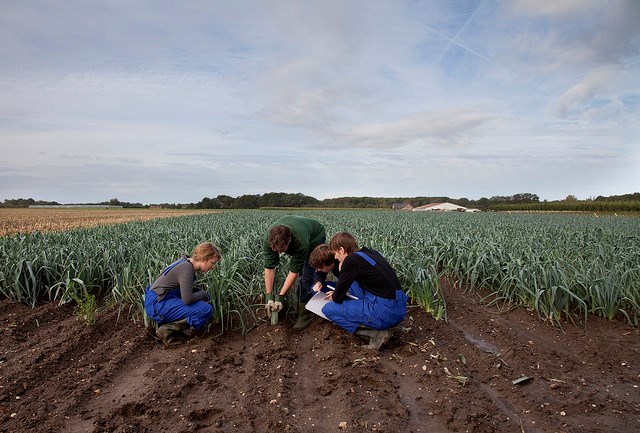Richmond council voted early Tuesday morning to limit the size of homes in the Agricultural Land Reserve to 400 square metres with Mayor Malcolm Brodie and councillors Alexa Loo and Linda McPhail voting against the motion.
The vote followed three hours of comments, ending just after midnight, from about 25 speakers on the issue at a public hearing – many speakers owned farmland in the ALR and spoke about their personal experiences trying to make farming viable, and how they planned to have extended family live with them.
Coun. Carol Day said this issue has been studied for two years and it’s time to “rip off the Band-Aid” and vote for the 400-metre limit.
Day pointed out that there is still the possibility to apply for a variance, but added that “a real farmer wants as small as possible a footprint for their house so they can have land for farming.” She added it’s possible to make a living on one or two acres.
Coun. Chak Au said the issue is “very complex,” and then challenged council: “Do we believe in the ALR? We either believe in the ALR or not.”
He added that farmland should reflect the value of the product, not the house on it.
“Unless we deal with the issue of speculation (…) we’re not going to address the root problem,” he said.
Originally council was looking to enact a house-size limit of 500 square metres, but a motion was put forward to reduce that further. The bylaw also included a limit on the farm home plate, saying it must include the septic field as well. Any garages are included in the 400-square-metre limit.
Provincial legislation has mandated that homes in the ALR must be smaller than 500 square metres.
Of the couple dozen speakers, the majority spoke against limiting homes to 400 square metres – about 16 spoke against the motion and about nine in favour.
One speaker claimed that saving land for food security issues is not viable, even the 4,000 tons of food his farm produces is small compared to other farming communities in North America.
Other speakers criticized the bylaw as discriminating against farmers, asking why the 400 square metres isn’t applied to all of Richmond.
Another speaker said the bylaw would cause “grave hardship” as he was in the process of designing a home that would accommodate three generations in the Hamilton area. His house is excavated and pre-loaded and he was applying for a development permit.
And one speaker cautioned that mansions already in the ALR will increase in value if the 400-square-metre limit is approved.
Those supporting the bylaw pointed out that farming is the primary land use of the ALR, and that Delta has limited its ALR house sizes to 300 square metres.
Coun. Harold Steves voted for the 400-square-metre limit, pointing out that in 1942, 100 per cent of vegetables were grown locally in B.C., in 1973 86 per cent and in 2018 43 per cent are grown locally.
“That’s what we’re talking about tonight,” he said.
Brodie said he didn’t support the 400-square-metre limit because he felt it was “flawed” because it’s based on the average sized home in Richmond – this compares an average to a maximum.
“It’s not fair when you’re no comparing apples to apples – you’re comparing an average to a maximum,” Brodie said.
In response to a question from Coun. Bill McNulty, staff said that if someone wanted to build a 500-square-foot home in the ALR, they would have to apply to the city for site-specific zoning, showing that it’s been used for farming in the past, it has generated income; in addition, they have to show what the benefit of extra accommodations would bring to the farm, an agrologist’s report justifying the need of the house, a farm plan and possibly security deposits.



